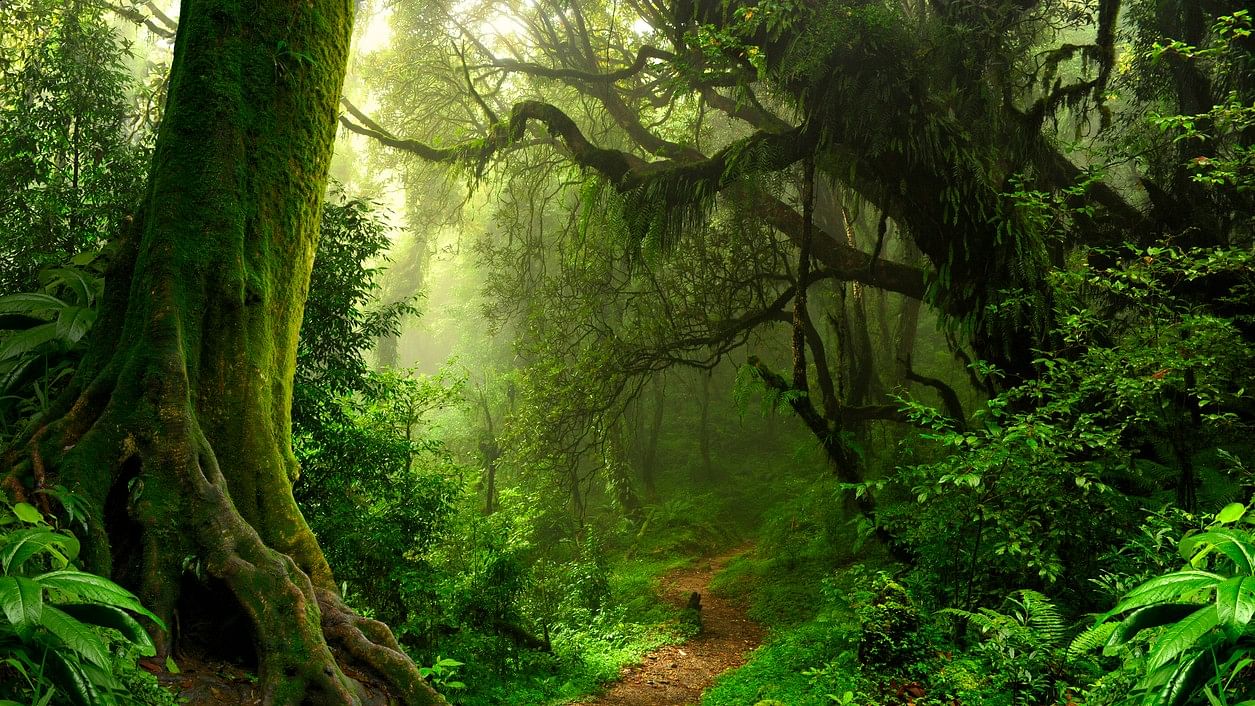
Representative image
Credit: iStock Photo
Bengaluru: As many as 301 species of plants in India -- trees to grass -- have joined the list of various threatened categories assessed between 2020 and 2024, taking the total number of species in such a position to 762, according to the International Union for Conservation of Nature (IUCN). Two species have been classified extinct in the last three years.
The IUCN on Monday published its update to the list of threatened species across the world, stating that a majority of the world's trees have been listed on the red list for the first time. "At least 16,425 of the 47,282 species assessed (across the world) are at risk of extinction," the Union said.
Since 1998, 3,501 plant species have been assessed in India of which 762 (21per cent) species were found to be facing varying degrees of threats. The data analysed by DH showed that there were 154 species classified "critically endangered" just below the stage of "extinction in the wild".
There were 282 "endangered" species facing "very high risk of extinction in the wild", 239 species were "vulnerable" at high risk of unnatural extinction and 86 were "near threatened" close to being endangered in future.
Vivek Menon, founder of Wildlife Trust of India and Councillor IUCN, said the jump in the number in the last few years was also because of a major push in getting trees as taxa listed in red list and the work done by many groups to red list trees. It is not solely because more trees are being deforested.
For instance, Limnophila limnophiloides, an aquatic plant recorded in a wetland in Pune back in 1918, has never been found despite extensive search. Similarly, Hopea shingkeng, which grew in the foothills of the Himalayas, has also been declared extinct.
In Karnataka, the Kathlekan Marsh Nut (Semecarpus kathalekanensis) recorded in Uttara Kannada district whose bark, leaves and berries are traded for their aromatic value has now been classified as 'critically endangered'.
Asked whether declaring Western Ghats as eco-sensitive would help conservation of such species, Menon said species protection needs to happen regardless of the nature of the area.
"Whether it is an eco-sensitive area or not, the work by scientists and specialists has to continue to assess the status. However, declaring an area as eco-sensitive could protect some endangered species," he added.
Prof T V Ramachanra, coordinator of the Energy and Wetlands Research Group (EWRG) at the Indian Institute of Science, said the IUCN report should come as a wake-up call for countries. "We are not managing our ecosystem wisely. Ecologically sensitive area declaration is the bare minimum that the government needs to do. There are several measures that have to be taken to avoid a major crisis. Climate change has already made a major part of the country's population vulnerable. Protecting the biodiversity and the ecosystem is crucial for food and water security of the country," he said.